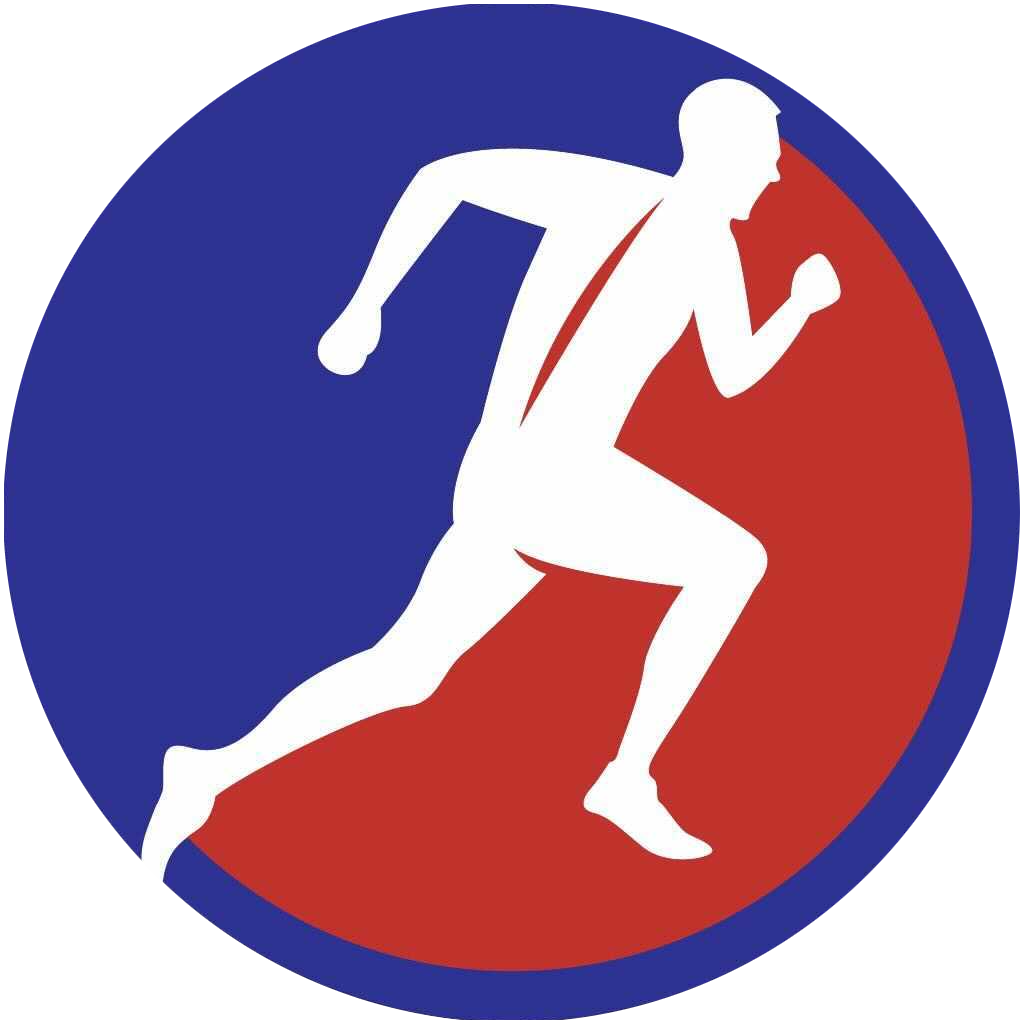
ABOUT OUR PRACTICE
Pioneering Authority in Leading-Edge Orthobiologic Treatments and Advanced Sports Medicine

As an alternative to surgery, patients can now benefit from Orthobiologic Treatments

OrthoBiologics are an innovative area of Regenerative Medicine that uses the body’s own cells and healing factors to accelerate healing of tendon and ligament injuries.

These advanced treatments are what top athletes use to reduce pain and help provide long-lasting relief from chronic soft tissue pain, and cartilage damage.
Meet the Doctor
Doctor Shiple is an authority in the use of the most advanced minimally invasive, non-operative technology used in orthopedic and sports medicine. Treatments include cell-based therapies, ultrasound-guided injections, and procedures, as well as sports-related injuries and conditions. He also uses fluoroscopic guidance to perform interventional regenerative orthopedic spine injections for the care of patients with acute or chronic spine-related conditions. We take great pride in combining cutting-edge technology with compassionate care to give our patients an exceptional sports medicine experience.
Creator of the Spine Renu Procedure
A non-surgical, minimally invasive, interventional regenerative orthobiologic spine procedure that is an excellent choice for athletes or anyone that would like to restore their mobility and get relief from their pain.
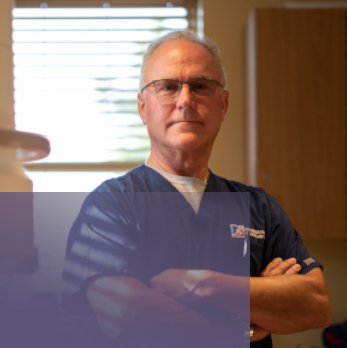
Brian J.
Shiple
D.O., CAQSM, RMSK

Florida passed its new Stem Cell Law in July of 2025!
Exciting News! Florida passed its new Stem Cell Law in July of 2025! Dr Shiple will be offering his Regenerative Medicine treatments in IRM’s Estero, Florida practice his patients have come to know and enjoy like Platelet Rich Plasma, Platelet Releaseates, A2M, PRGF, Bone Marrow Concentrate, Adipose Fat Grafts.The new Stem Cell Law will allow Dr Shiple to offer his patients Stromal Vascular Fraction (an autologous stem cell product made from own your fat) as well as Exosomes, Placental Tissue products such as Wharton’s Jelly, Umbilical Cord Stem cells, Amniotic Membrane Grafts and Amniotic Fluid Derived Exosomes, etc. There are other states working on their own version of similar new Stem Cell laws that will allow doctors to offer these exciting regenerative medicine treatments legally to their patients, but for now, Florida is the only state where it is legal to offer these Placental tissue products to their patients for a host of treatment options.
Exciting News For Veterans
To Veterans of America, Dr. Shiple brings his expertise as an Interventional Regenerative Orthopedics specialist to South West Florida, including the Discseel procedure, SpineRenu and JointRenu where he can treat your degenerated or herniated discs, arthritic spine, spinal instability and nerve impingement conditions like sciatica with many different treatments and they may be covered by the Veterans insurance plans. Contact IRM for more details.


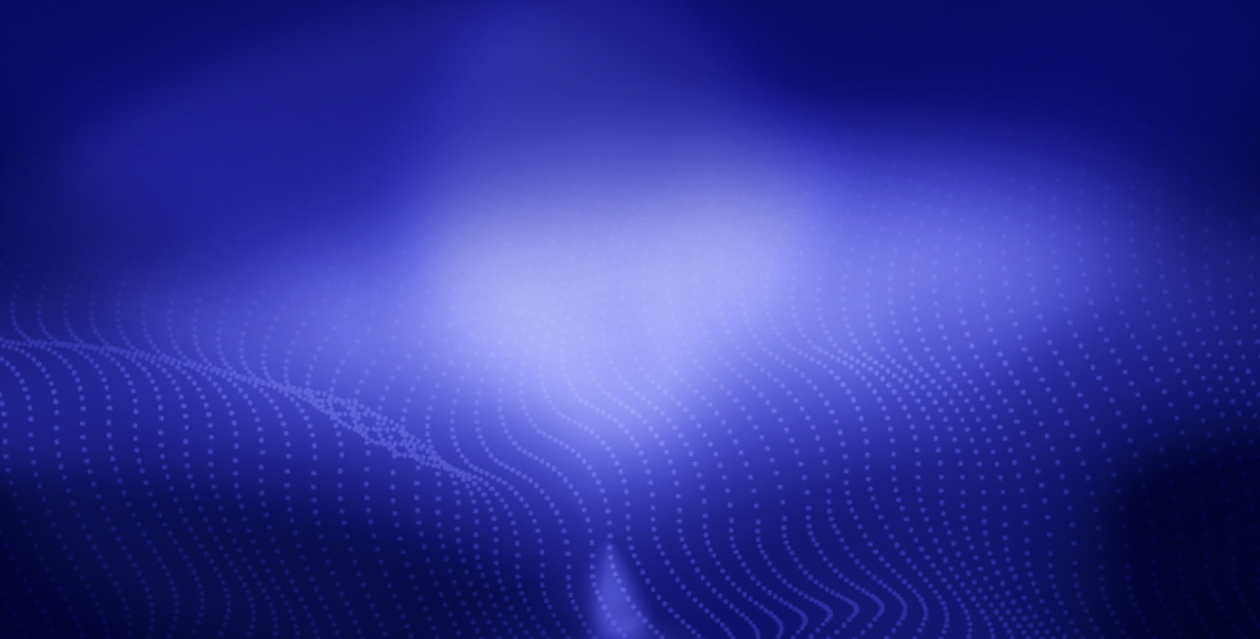
We specialize in the care of non-operative orthopedic and spine conditions
- Acute and chronic sprains of ligaments.
- Tears or strains of muscles and tendons.
- Arthritis and stable fractures.
We use advanced technology to treat cartilage tears and nerve entrapment conditions such as carpal tunnel syndrome.
Pain Chart
Click where it hurts
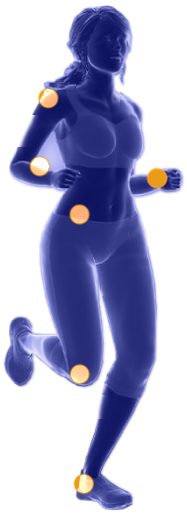

Common Knee Ailments
Meniscus Tear
The meniscus is comprised of two c-shaped wedges of cartilage that cushion and stabilize the knee joint. A torn meniscus can cause pain and limited mobility in the knee.
Osteoarthritis of the Knee
Osteoarthritis, also called degenerative arthritis, is a gradual breakdown of cartilage in the joints. Cartilage is a tough, flexible connective tissue that protects the ends of bones in the joints. Osteoarthritis is common in the knees because the knees bear the weight of the body. Osteoarthritis of the knee can severely impact a person’s lifestyle.
Osteochondritis Dissecans of the Knee
This condition is characterized by the death of an area of cartilage and bone in the knee joint. The dead section may remain in place, forming a lesion, or it may loosen and partially detach from the surrounding bone. It may break away completely and float around inside the joint.
Patellar Tendonitis (Jumpers Knee)
This condition is an inflammation of the tendon that connects the patella (the kneecap) to the tibia in the knee joint. This tendon is part of the structure of muscles and tendons in the knee that allows the knee to straighten from being bent.
Potential Treatments
Contact us to see if these or any of our other treatment options can help you.
Common Ankle & Foot Ailments
Achilles Tendon Injuries
The Achilles tendon is the largest tendon in the body. It connects the two main calf muscles – the gastrocnemius and soleus – to the heel bone (the calcaneus). Common injuries of the Achilles tendon include tendonitis (inflammation), tendinosis (degeneration), and rupture.
Morton’s Neuroma
This condition is a thickening of the nerve sheath that surrounds a nerve in the ball of the foot. It most commonly develops between the third and fourth toes. It also commonly occurs between the second and third toes.
Plantar Fasciitis
Plantar fasciitis is an irritation of the plantar fascia. This thick band of connective tissue travels across the bottom of the foot between the toes and the heel. It supports the foot’s natural arch. It stretches and becomes taut whenever the foot bears weight.
Posterior Tibial Tendon Dysfunction (PTTD)
This condition is an overstretching and inflammation of the posterior tibial tendon, which travels from a muscle in the calf down to the arch of the foot. This tendon is one of the major supporting structures of the foot’s arch and aids in walking.
Potential Treatments
Contact us to see if these or any of our other treatment options can help you.
Common Back Ailments
Degenerative Disc Disease
Degenerative disc disease is one of the most common causes of low back and neck pain. Despite what the name suggests, degenerative disc disease is not a disease, but a condition in which natural, age-related wear-and-tear on a disc causes pain, instability, and other symptoms.
Herniated Disc
A herniated disc (also called a slipped disc, bulging disc or protrusion) can mostly affect the lumbar spine – between the bottom of your ribs and your hips – and are common for people in their 30s and 40s. Symptoms can include sharp or throbbing pain or discomfort in your back that can travel down your leg. You may also experience numbness, tingling or weakness in the buttocks, legs or feet, or a shooting pain that occurs upon sneezing, coughing, straining or sitting or standing for long periods of time.
Sciatica
Sciatica (sometimes known as radiculopathy) is a term used to describe the symptoms of leg pain, tingling, numbness, or weakness that travel down the low back via the sciatic nerve in the back of the leg.
Annular Tears
As we get older, the vertebral discs can start to exhibit wear and cause some health problems. A common problem is tear in the annulus fibrosus, or annular fibers, commonly referred to as an annular tear or leaky disc. Those tears are the precise source of underlying disc and sciatica symptoms.
Chronic Pain
Chronic pain is a wide-sweeping term, often describing pain that lasts more than three to six months or pain beyond the point of tissue healing. Some forms of chronic pain can be linked to an identifiable cause, like degenerative disc disease, spinal stenosis, or spondylolisthesis. Other forms of pain have no known or understood cause, such as fibromyalgia or neuropathic pain (nerve pain). Fighting chronic pain is a lifelong struggle for many.
Potential Treatments
- The Discseel® Procedure
- Autologous Stem Cell Injection
- Spine Renu
- Perineural Superficial Injections
- Intradiscal Nucleolysis Treatment
Contact us to see if these or any of our other treatment options can help you.
Common Shoulder Ailments
Rotator Cuff Tears and Injuries
The rotator cuff is a group of muscles and tendons that cover the head of the humerus and hold it securely inside the shoulder socket. The cuff helps maintain joint stability while allowing the arm to lift and rotate. A tear of the rotator cuff can be painful and can interfere with shoulder movement. Four muscles make up the cuff: the supraspinatus, infraspinatus, teres minor, and subscapularis muscles.
Arthritis / Bursitis
Although they have similar symptoms, these are different conditions. Bursitis is temporary and results from overuse, infection or injury while arthritis is a chronic condition – both involve joint pain and inflamation.
Nerve Impingement
Also known as a pinched nerve, this is due to pressure being applied to a nerve. It can cause numbness, pain or muscle weakness.
Potential Treatments
- Autologous Stem Cell Injection
- Ultrasound-Guided Nerve Hydrodissection
- Perineural Superficial Injections
Contact us to see if these or any of our other treatment options can help you.
Common Elbow Ailments
Cubital Tunnel Syndrome
This condition is a compression injury to the ulnar nerve near the elbow. This is the nerve that produces a jolt when you bump your “funny bone.”
Lateral Epicondylitis
This condition, commonly called tennis elbow, is an inflammation of the tendons that connect the muscles of the forearm to the elbow. The pain is primarily felt at the lateral epicondyle, the bony bump on the outer side of the elbow.
Medial Ulnar Collateral Ligament Injury
This condition is an injury to the medial ulnar collateral ligament, a ligament composed of three bands located on the inner side of the elbow. The MUCL connects the humerus to the ulna. Injury to the MUCL can cause pain, weakness and sometimes a feeling of instability in the arm.
Potential Treatments
- Autologous Stem Cell Injection
- Tenex Tenotomy
- Ultrasound-Guided Nerve Hydrodissection
- Perineural Superficial Injections
Contact us to see if these or any of our other treatment options can help you.
Common Hand/Wrist Ailments
Carpal Tunnel Syndrome (CTS)
This condition is a painful compression of a nerve in the wrist that can interfere with a person’s ability to use the wrist and the hand. Carpal tunnel syndrome is a progressive condition that can worsen without proper care.
Ulnar neuropathy
It is the result of compression of the ulnar nerve, which may cause pain, tingling or numbness in one or both hands
Potential Treatments
The Center for Sports Medicine is
a Discseel® Procedure provider serving the mid-Atlantic region.
The procedure that prevents spinal fusion surgery. Up to 40% of all chronic back pain is due to symptomatic degenerative tears in the spinal disc.
The DiscSeel Procedure has been proven to identify those tears and treat them with Fibrin sealant that stops the wear and heals the tear in over 70% of cases.
The Discseel Procedure has proven to be the only research organization endorsed by the American Academy of Orthopedic Surgery. (OBERD)


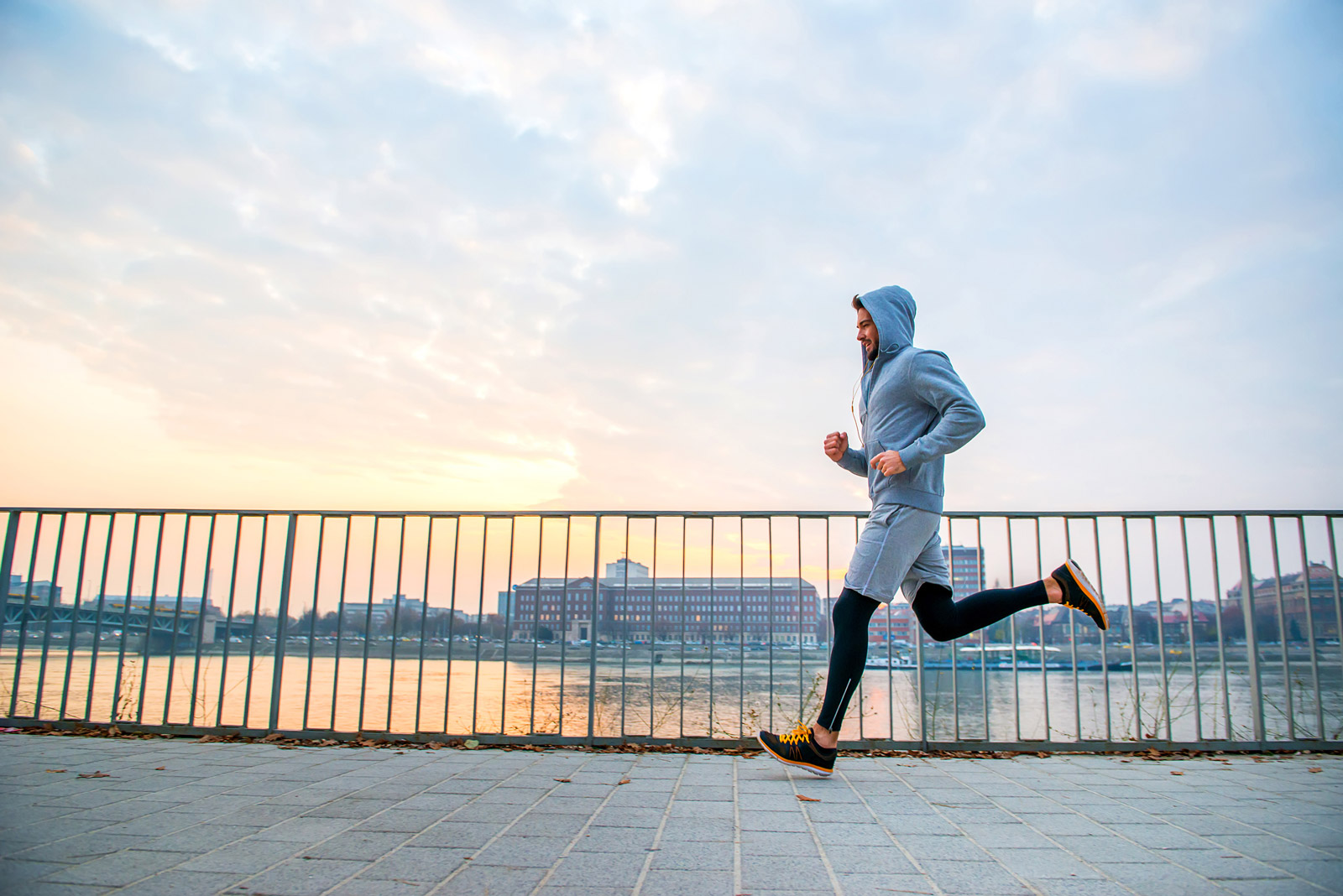
Watch These Video Testimonials
Dr. Brian Shiple treats Matt, a young athlete, to get him back in the game during the school year.
Dr. Brian Shiple treats Sam, a former weightlifter, who after undergoing shoulder surgery, now uses PRP treatment to optimize his recovery, strength, and mobility.
Jennifer is an active mom who enjoys running and long jumping. Sidelined by knee pain, she sought treatment from Dr. Brian Shiple and her condition has improved.
